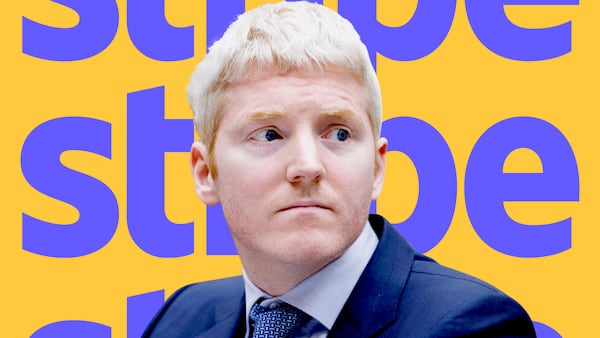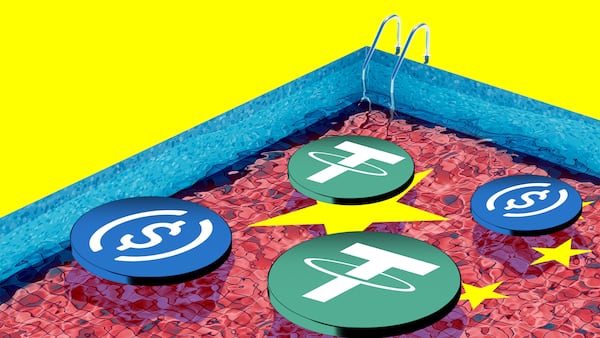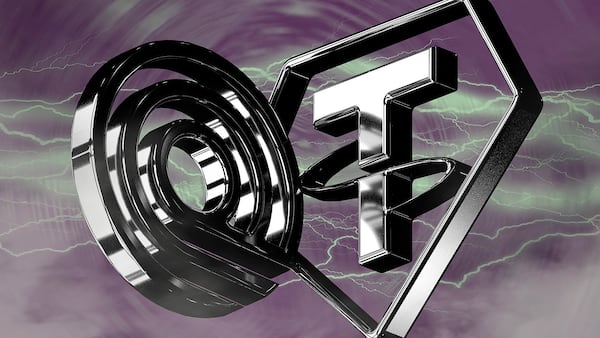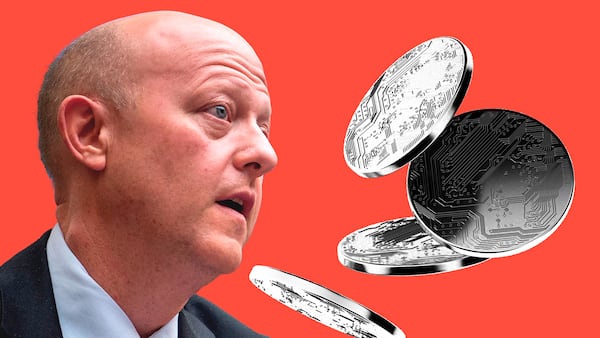- The US Senate passed a landmark stablecoin bill this week.
- Analysts project the stablecoin market could quickly grow into the trillions.
- But some warn stablecoins may introduce hidden systemic risks.
The crypto mantra, “the future of finance,” has become a jab sceptics have used every time an exchange failed or billions vanished in a hack.
But with the US Senate approving a landmark stablecoin bill this week and sending it to the House of Representatives for a vote, the old rallying call suddenly has new life.
Analysts say the next era of crypto will be built around digitally-native money that’s backed by the US dollar, audited by regulators, and used by everyone from bankers to street vendors.
“This is a once-in-a-generation platform shift,” tweeted Fred Ehrsam, co-founder of Coinbase, a US-listed crypto exchange.
“The major pillars of the future of finance are up for grabs.”
And that kind of scale may be closer than it looks.
“The float is expected to grow from roughly 250 billion to trillions of dollars” as regulation clears the way for institutional adoption, David Sacks, President Donald Trump’s crypto czar, told Bloomberg News on Thursday.
Dual-track growth
The Genius Act, which passed in a very bipartisan 68–30 vote on Wednesday, is designed to create a federal framework for dollar-backed stablecoin issuers.
The legislation will requiring tokens to be backed by highly liquid assets like US Treasuries, with monthly reserve disclosures and law enforcement cooperation built in.
For Paolo Ardoino, the CEO of Tether, the longtime stablecoin market leader, the Genius Act validates stablecoins as a potential new fixture in the financial system, especially when it comes to payments.
But he’s quick to point out that the value they deliver looks very different depending on where you are.
“In the US, stablecoins take a system that’s 90% efficient to 95%,” Ardoino explained in a recent appearance on Anthony Pompliano’s The Pomp Podcast.
“But in many emerging markets, stablecoins take you from 20% to 50%. That’s a 30% leap in financial utility.”
That disparity has shaped Tether’s global strategy.
While USDT continues to dominate in countries like Turkey, Nigeria, and Argentina, where it’s often used as a de facto savings account, Ardoino has also floated plans for a second, highly regulated product tailored to US markets.
He’s betting that Tether can thrive in both arenas: one as the “stablecoin for the people,” and the other as compliant infrastructure for banks and fintechs.
It’s an approach that mirrors the dual-track growth Citi expects.
The bank projects that stablecoin supply could swell by almost 1,400% to $3.7 trillion by 2030 from about $252 billion, driven by rising adoption in developed and emerging economies.
Crypto market movers
- Bitcoin has grown 1.1% in value over the past 24 hours and is trading at $105,950.
- Ethereum is up 0.7% in the same period to $2,550.
What we’re reading
- Self chain founder denies involvement in $50m OTC crypto fraud as accusations fly ― DL News
- Tron Is Now More Expensive Than Ethereum. Will That Hurt Justin Sun’s New Company? ― Unchained
- Woah. A multi-year trend just broke — Milk Road
- US Treasuries and private credit dominate $23bn tokenisation market, analysts say ― DL News
Kyle Baird is DL News’ Weekend Editor. Got a tip? Email at kbaird@dlnews.com









